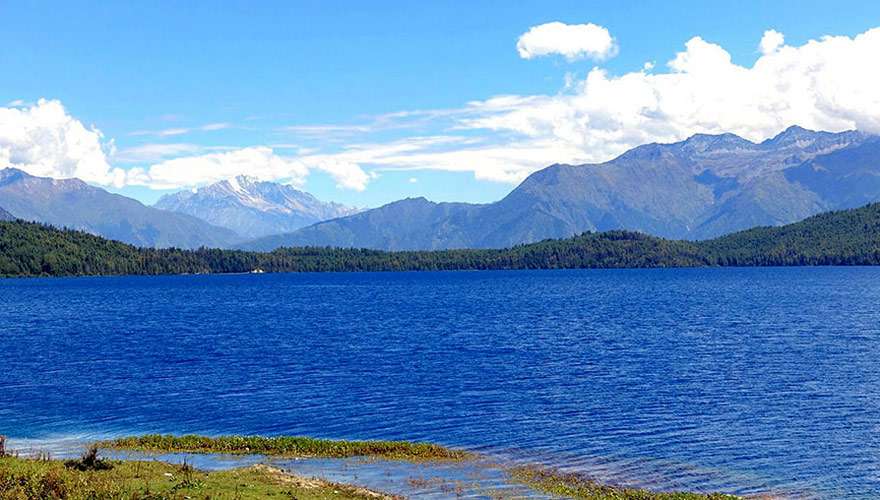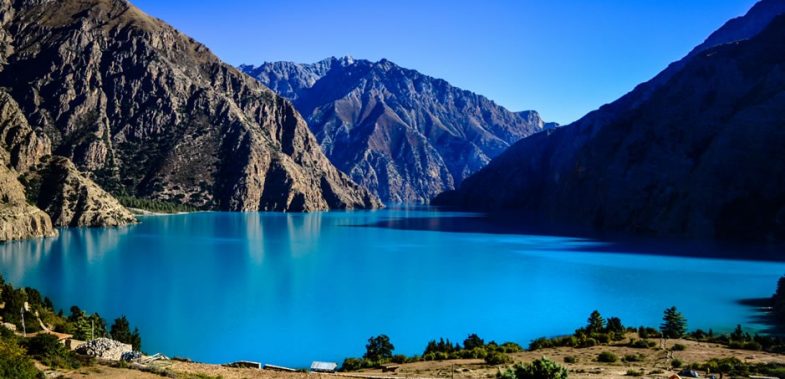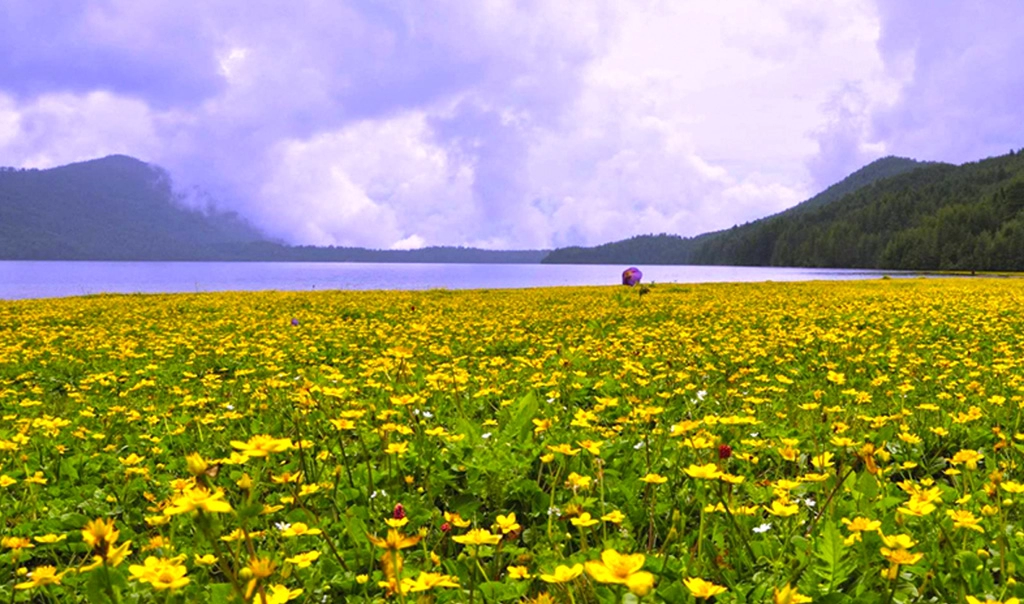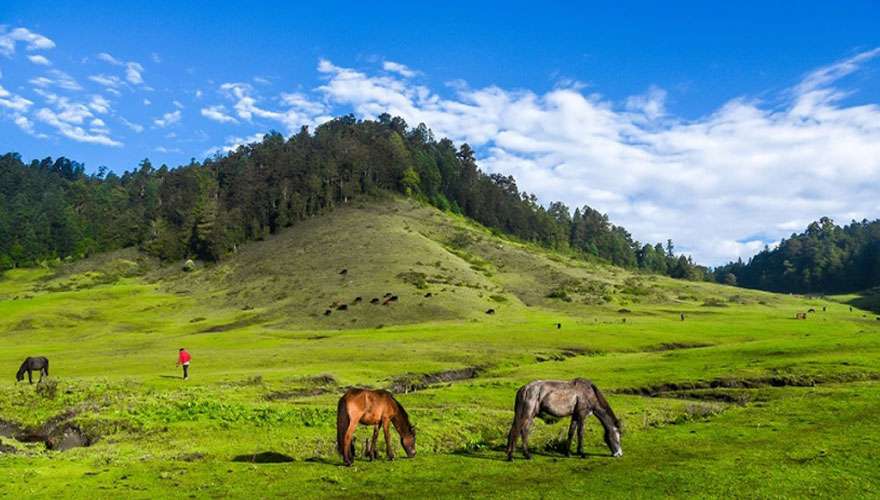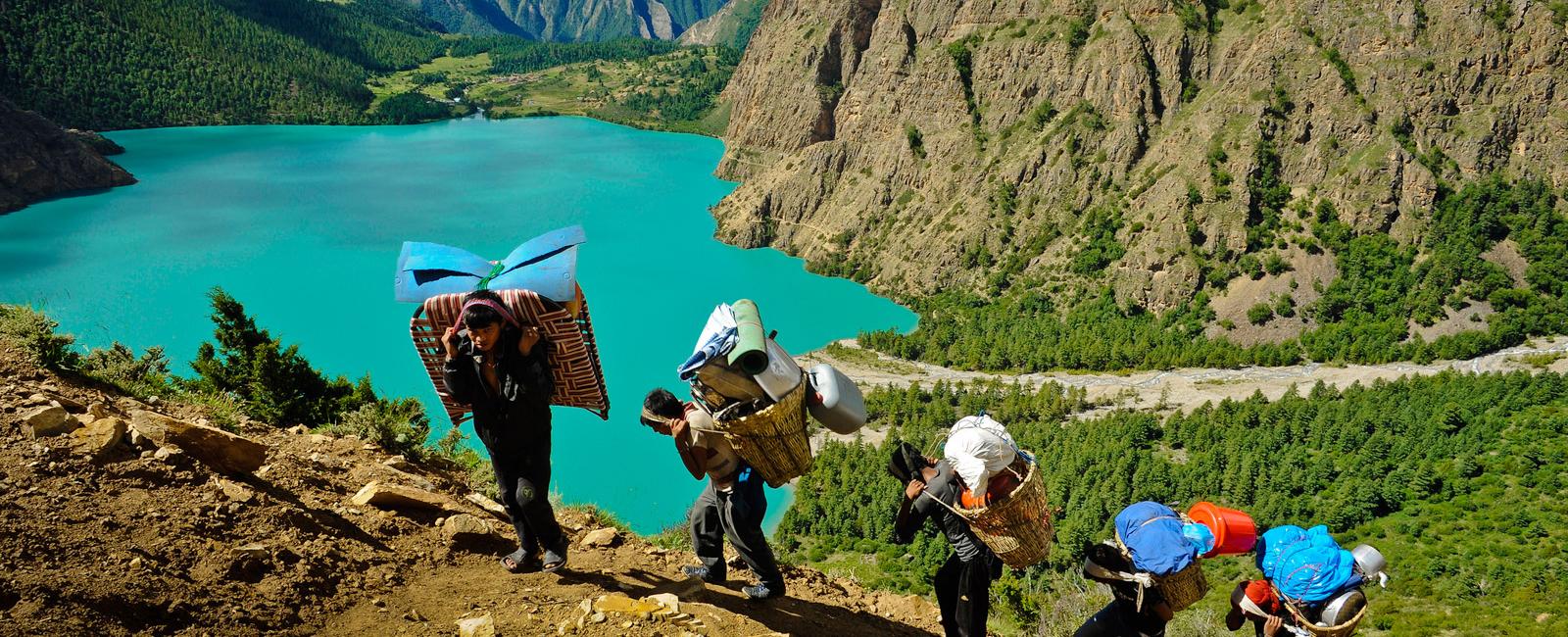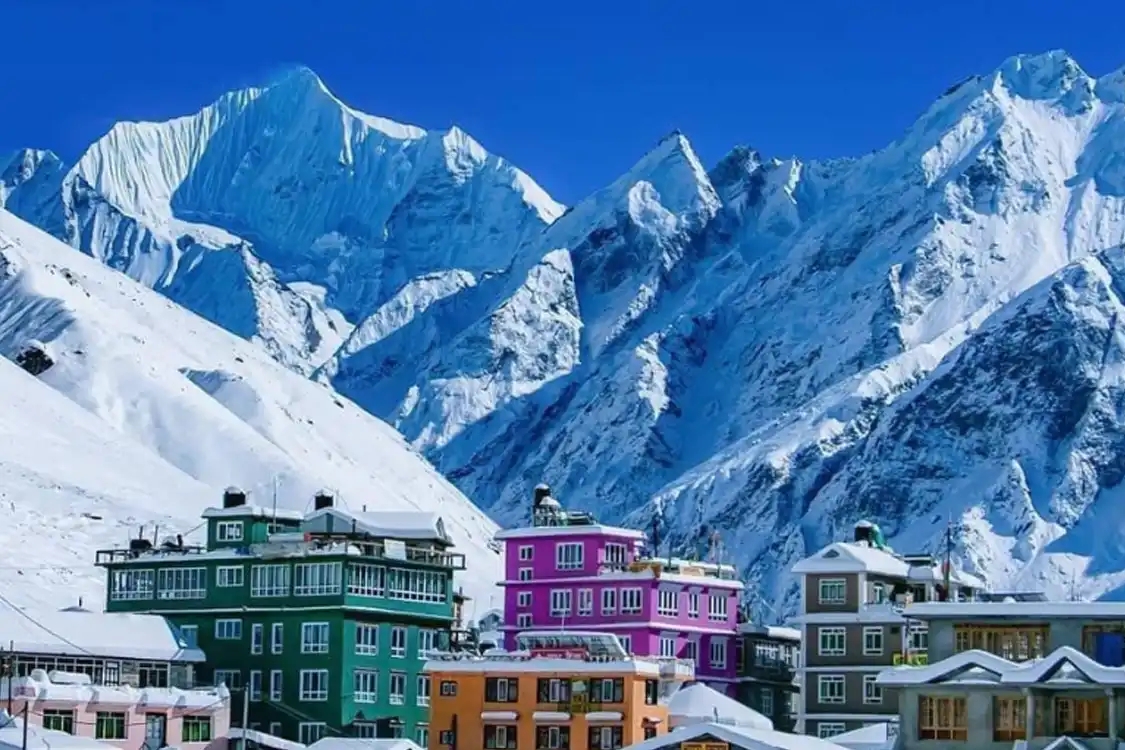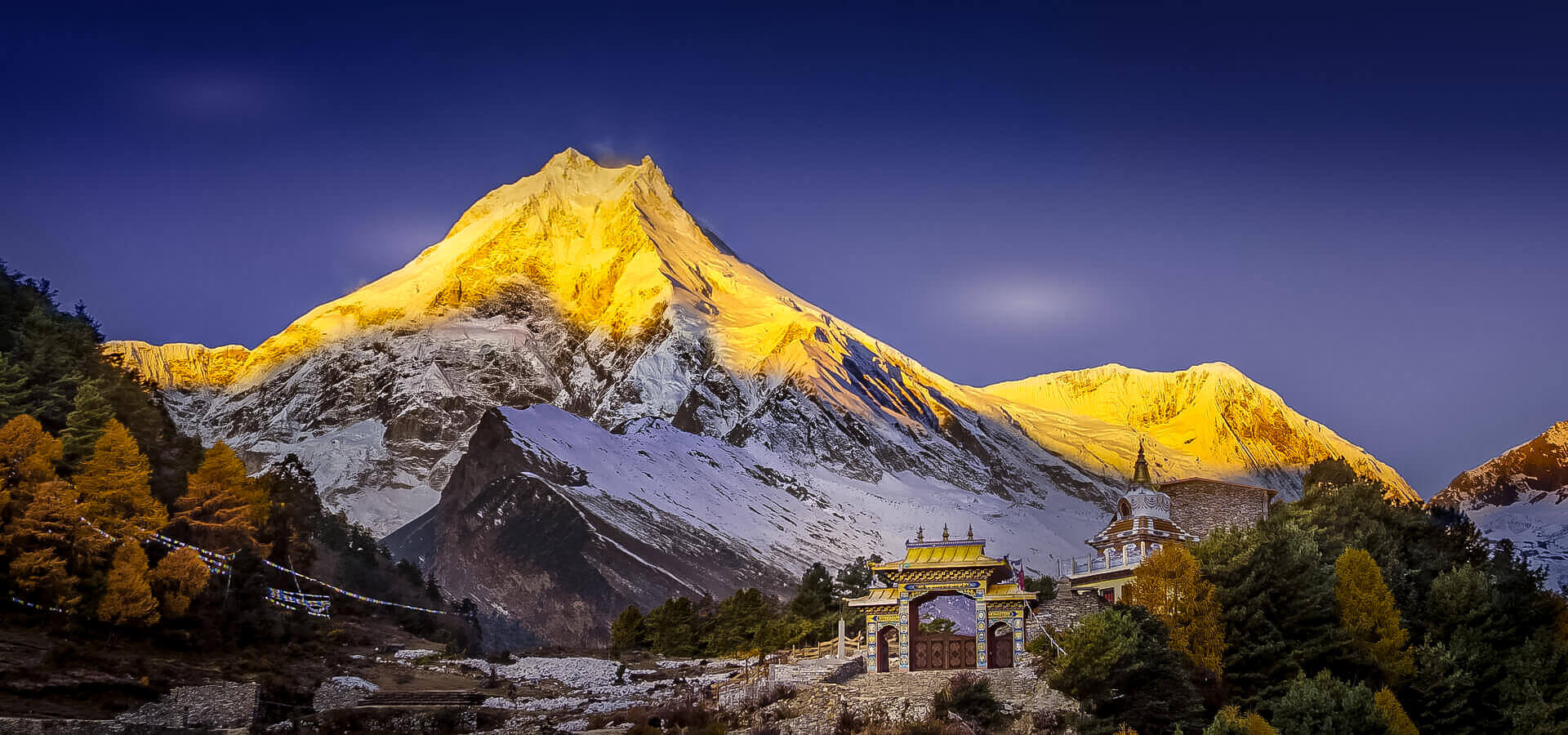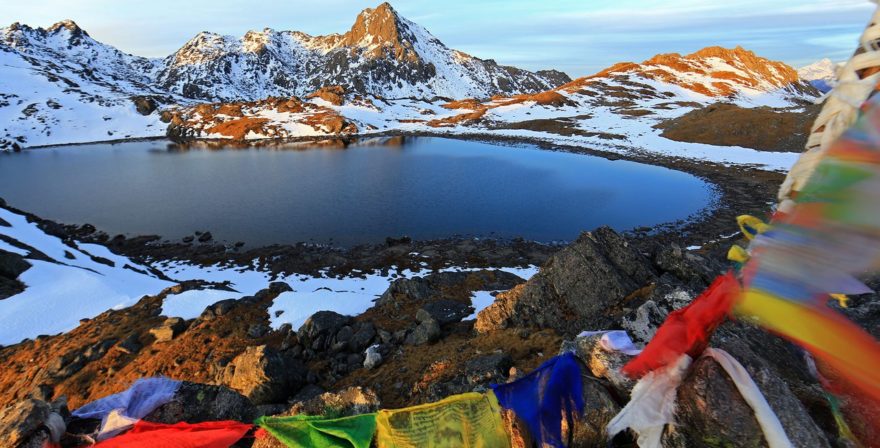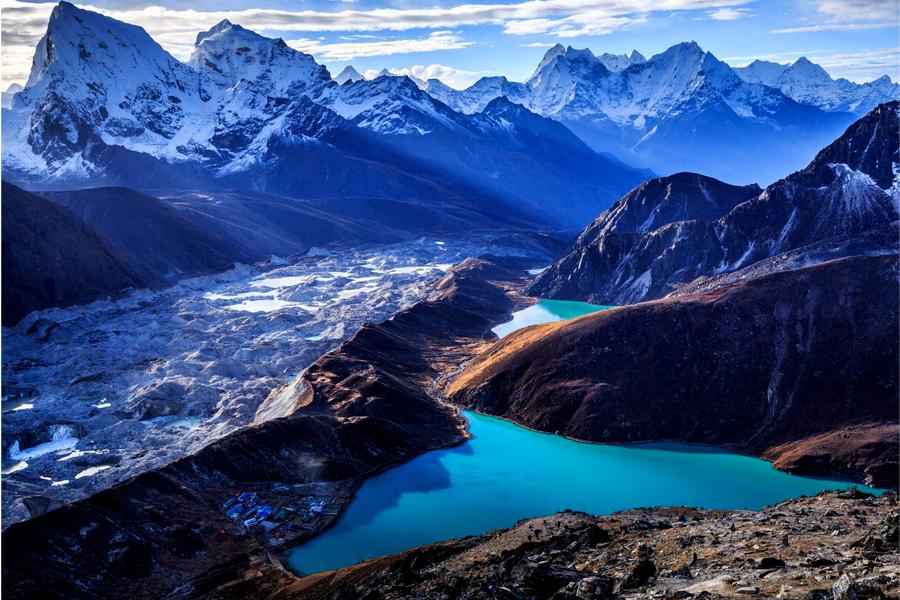Trip Facts
Highlights
- A turquoise gem surrounded by alpine meadows, forests, and snow-capped peaks.
- Rara National Park: A biodiversity hotspot home to unique flora and fauna, including red pandas, Himalayan black bears, and diverse bird species.
- Scenic Landscapes
- Cultural Insights
Overview
Rara Lake Trek is the wilderness and solitude hiking tour to the pristine mountain lake of Rara. Many travelers have designated this lake as the Queen of Himalayan Lakes. Rara is also the largest lake of Nepal spread over five kilometers long and two kilometers wide at an altitude of 3010m/9875ft from the sea level.
Protected by Rara National Park this lake is ringed with pine, spruce and juniper forest which mirrors the snowcapped the Himalayas. The region of this lake is also the home to 20 different species of mammals and 214 species of birds. Here especially find mammals of Himalayan bears, Himalayan tahrs, serows, gorals, musk deer, red pandas and both rhesus and langur monkeys.
Itinenary
As soon as you arrive at Tribhuvan International Airport, Kathmandu, you will be received by our representative staff very warmly and from there you will be transferred to the hotel where you will discuss the itinerary in detail. Overnight stay in a hotel.
Kathmandu valley includes several Hindu temples including Pashupatinath, listed by UNESCO as a World Heritage Site, and the largest Buddhist Stupa in Boudhanath. You can also visit the Monkey Temple Swyambhunath, built 2000 years old, and visit Patan, the city of fine arts. Overnight stay in a guest house.
From Kathmandu, you will take a flight to Nepaljung on the third morning. Landing at the Airport, you will have some rest at the guesthouse and have something you can explore the surrounding areas. You will surely encounter differences in your stay in Kathmandu and Nepaljung. Overnight stay at a guesthouse.
On the 4th day again you will take another flight to Jumla from Nepaljung. Jumla is known for cultivating paddy. From Jumla you will carry on the trek towards the western part that is Padmara. Padmara is followed by two trails one is Gumgarhi and the next one is Rara. Overnight stay in a Mountain Lodge.
On the 5th day, you will move to Bumra but mostly you will carry on away from Padmara, by growing all along towards the north side of Ghurseni watercourse. You will go away from the final fields at 3048 m and mount to the initial pass, Khali Langa, 4 km from Padmara. Then, again you will be led to the footbridge and come down North for one hour all the way through intense forests to arrive at a bridge positioned at 2743m. Overnight stay in a Mountain Lodge.
On the following day, you will arrive at Pine from Bumra by passing the brook by a log bridge as of the west part to ascend Chautha (3100m). Following an hour the valley unlocks out into a pleasing pasture. You will maintain to the left stream awaiting a western tributary stick together it. Previous to getting Ghurchi Lagna, you will ascend up the fine gully on the northeast grade and go round the north crossways a sequence of urging to turn up at Pine (2430m). Overnight stay in a Mountain Lodge.
Rara Lake (3040m) is just 8 km west of Pine which is a short and pleasant trek with fine views to the North. Again you will pass the bridge and ascend to the hamlet of Jhari for about 700 m to arrive at a low saddle in 2 hours. Rara Lake, the largest lake is noticeable straight from the North of the lumber. Here, you have to come down towards the meadows on the south side of the lake. You will be hiking for 2 hours towards the western part of the lake. Overnight stay in a Mountain Lodge.
On the 8th day, you will take some rest and explore the near surrounding of Rara Lake as this lake was chosen as a National Park in 1975. It is strange to know the fact that it consumes 8 hours of walk encircling the lake. Overnight stay in a Mountain Lodge.
The trail keeps on progressing towards the south for the next 200 m other than it is a satisfying trail by way of the distant outlook of the mountains. There is no surpass on this high ridge and the trail goes round to the south-east at an elevation of 3749m. The trail again moves downward by the east section of Chuchemara Danda. It is the sensible and vertical slide down to Ghorasain (3271m). Overnight stay in a Mountain Lodge.
From Ghorasain, nearby is a trail down to the valley which uses nearly an hour throughout the forests to the pinnacle of the peak at 5351m. The trail afterward goes round south-east over the tall countryside of Lumas. There are superior observations to the south all along the Sinja valley. The trail takes a downward to Okharpati village on a far above the ground shelf to Mindrabali Gad. The slide down from Okharpati to Sinja takes away less than 2 hours. Overnight stay in a Lodge.
Today you will follow the south bank by climbing up the edge (2865m) momentarily and again climbing down to the identical brook one more time. The trail fit tightly to the south side of the stream, the entire mode for an additional 9 km. The nature of the trail twirls and rolls all along the stream however it is a nice trail amidst wooded area wilderness. Lastly, the trail moves downward along the east all along the stream and crossways new kilometers to Chere Chaur (2987m). Overnight at Lodge.
Chere Chaur is a charming Alpine grazing land anywhere flowers are in abundance all through the later summer. It offers finicky scenery of the Jumla town, the valley of Tila plus promoting Chyakhure Lekh. The revisit to the town campsite is an amusing tumble in deliberate stages. Overnight stay in a Lodge.
On this day you will take a flight to Nepaljung and from there again take a flight to Kathmandu. From the Tribhuvan International Airport, Kathmandu you will be taken to the hotel to have some rest. Overnight stay in a hotel.
This is the final day of your stay with us as per an itinerary. So, after checking out from the hotel you will then be transferred to the Tribhuvan International Airport, Kathmandu so that you can return to your hometown or to your desired destination.
Cost Includes
- All necessary trekking paper, trekking permit (TIMS), national park entry permit & conservation permit. Restricted area permit.
- Kathmandu – Nepalgunj – Jupha and Juphal – Nepalgunj- Kathmandu Round flight ticket.
- All domestic airport taxes.
- Sightseeing with tour guide and entrance fee.
- Trekking Leader, and Guides
- One Assistance Guide who support to pitch tents and guarding camp at night / as per group size.
- One Cook and One kitchen supporter/s as per group size.
- Required kitchen utensils
- Cooking fuel and lighting service
- Required portage service to carry tents, food stuffs, fuels & kitchen utensils Necessary tent and equipment
- All the staff insurance, well paid salary, equipment, transportation.
- All the transporting.
- Government taxes and service charge.
- Medical supplies (first aid kit)
Cost Excludes
- Nepal visa.
- International airfare.
- Travel and rescue Insurance
- Food in Kathmandu.
- Extra night hotel accommodation in Kathmandu if arrive early or late departure.
- All the hotel accommodation or meals in Kathmandu. ( in the case return early from trek due to any reason)
- Personal expenses(bar bills, coke, beer, bottle of water, phone call, laundry service etc.
- Tips for guide porter.
Equipment
Trekking requires careful selection of gear to ensure comfort, safety, and efficiency on the trail. Depending on the conditions (terrain, weather, duration), the equipment you need may vary, but here’s a comprehensive list of essential trekking gear:
- Backpack
- Capacity: Typically, for a multi-day trek, a 40-60L pack is ideal.
- Fit: Adjustable straps for shoulder, chest, and hip.
- Features: Hydration system compatibility, side pockets for easy access, and a rain cover.
- Footwear
- Trekking Boots: Look for boots with good ankle support, durable soles (Vibram is a popular choice), and waterproof features.
- Trail Shoes: For lighter treks or well-maintained paths, trail shoes may suffice.
- Sock Layers: Merino wool socks or synthetic socks that wick moisture and reduce blisters. Avoid cotton.
- Gaiters: To keep debris, mud, and snow out of your boots.
- Clothing (Layering System)
- Base Layer: Moisture-wicking (synthetic or merino wool) long-sleeve top and bottoms.
- Mid Layer: Insulating layer, such as a fleece or down jacket.
- Outer Layer (Shell): Waterproof, windproof jacket and pants. Gore-Tex or similar fabrics are excellent choices.
- Trekking Pants: Convertible pants (with zippers for shorts) can be useful.
- Trekking Shirt: Lightweight, moisture-wicking, and quick-drying.
- Gloves: Lightweight gloves for warmth, plus an additional heavier pair if trekking in cold climates.
- Hat/Cap: A sunhat or beanie depending on the weather.
- Neck Gaiter/Buff: For sun protection, warmth, or dust.
- Sleeping Gear
- Sleeping Bag: Temperature-rated for the conditions you’ll face. Down bags are warmer and lighter but lose effectiveness if wet, while synthetic bags dry quicker.
- Sleeping Pad: Inflatable or foam pads that insulate from the cold ground.
- Tent: Lightweight trekking tents (1-3 person) that suit your conditions. Some options include 4-season tents if you're trekking in harsh weather.
- Hydration System
- Water Bottles: Collapsible or hard plastic bottles (ensure they’re BPA-free).
- Hydration Reservoir: Camelbak or similar bladder systems for easy access to water.
- Water Purification: A filtration system (e.g., Sawyer, LifeStraw) or chemical tablets to purify water from streams or other sources.
- Food and Cooking
- Stove: Compact gas or alcohol stove for cooking on the trail.
- Cookware: Lightweight pots or pans, often titanium or aluminum.
- Fuel: Compatible fuel for your stove (check for availability in the region you’re trekking).
- Food: Dehydrated meals, energy bars, trail mix, nuts, and fruits. Lightweight, high-calorie, and easy-to-prepare foods are best.
- Navigation Tools
- Map and Compass: Always have a paper map as a backup, even if you use a GPS.
- GPS Device or Smartphone with a Trekking App: Make sure to download offline maps.
- Altimeter Watch (optional): Useful for tracking elevation and route progress.
- Lighting
- Headlamp: Hands-free lighting for night-time use, with extra batteries.
- Flashlight: A backup to your headlamp.
- First Aid Kit
- Include basic supplies: Bandages, antiseptic wipes, blister treatment, pain relievers, and any personal medications.
- Personal Medications: Always bring enough for the whole trip, plus extras in case of delays.
- Sunscreen and Lip Balm: Protect your skin from sun exposure.
- Safety Gear
- Multi-tool/Knife: A good multi-tool (like a Swiss Army Knife or Leatherman) is very useful for repairs and emergencies.
- Whistle: For signaling.
- Emergency Blanket: Lightweight and compact for warmth in case of emergency.
- Firestarter: Matches or a lighter, and waterproof if needed.
- Miscellaneous
- Trekking Poles: Help with balance, reduce strain on knees, and improve traction on uneven terrain.
- Towel: Quick-dry, compact towel.
- Sunglasses: UV protection for your eyes.
- Camera/Smartphone: For documenting the journey, with extra storage or a portable charger.
- Personal Hygiene and Toiletries
- Toilet Paper: Always carry biodegradable toilet paper and a small trowel for digging a "cathole" if there are no facilities.
- Hand Sanitizer: To keep clean without access to water.
- Wet Wipes: For cleaning yourself when there's no shower.
- Biodegradable Soap: If you need to wash, use eco-friendly soap.
- Toothbrush/Toothpaste: Compact travel versions.
- Weather Protection
- Sun Protection: Sunglasses, sunblock, and a wide-brimmed hat for sun protection.
- Rain Gear: A high-quality waterproof jacket, pants, and gaiters, especially if you're trekking in areas with unpredictable weather.
- Cold Weather Gear (if needed): Depending on the trek, you might need additional gear like down jackets, insulated gloves, or even crampons for ice or snow.
- High-altitude Treks: Consider gear for altitude sickness (like Diamox), extra layers for extreme cold, and an oxygen system if necessary.
- Long-distance Treks: You might need additional gear like extra food storage, a larger stove, or a lightweight trekking umbrella.
FAQ's
Rara Lake is the largest and deepest freshwater lake in Nepal, located within Rara National Park. It sits at an altitude of 2,990 meters (9,810 feet) and covers an area of approximately 10.8 square kilometers.
Rara Lake is in the remote Mugu District of Karnali Province in western Nepal. It lies within the boundaries of Rara National Park.
Rara Lake is renowned for its natural beauty, crystal-clear water, surrounding pine forests, and snow-capped mountain views. It is often called the "Queen of Lakes" in Nepal.
